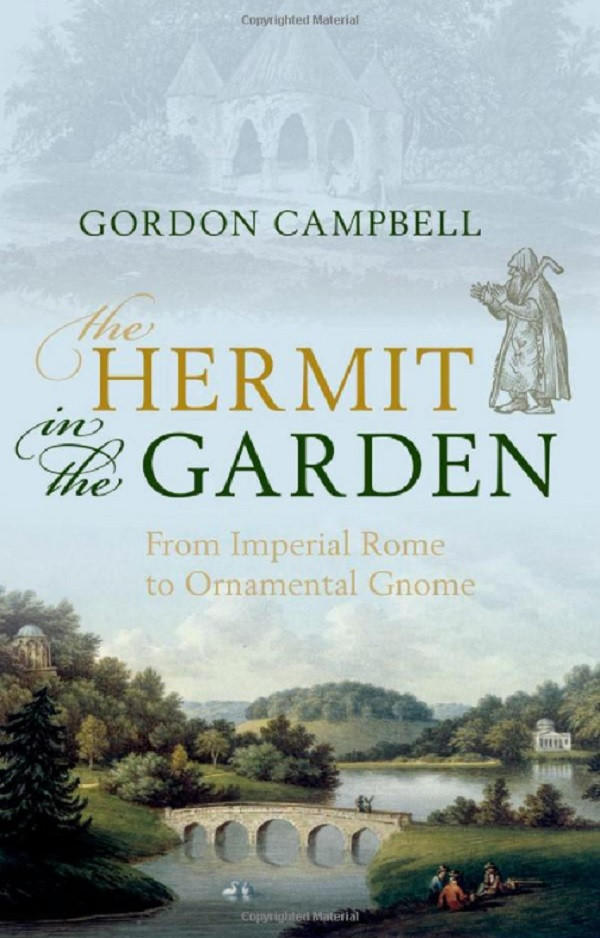18th Century Aristocrats Hired People to Live as Hermits in their Gardens

Wealthy people in 18<sup>th century Britain would pay people to live as hermits on their estates so they could show them off to friends.
The bizarre practice has been explained by Prof Gordon Campbell of the University of Leicester in his book The Hermit in the Garden: From Imperial Rome to Garden Gnome.
Campbell said that while the practice became popular in the 18<sup>th century among aristocrats, it can be traced to ancient Rome in Hadrian's villa near Tivoli.
Explaining the real-life garden gnomes, Campbell said it was very fashionable for wealthy landowners to commission architectural follies for their landscaped gardens, often including hermitages – which comprised of a small cottage, cave or gazebo.

In many cases, the estate owners would inhabit these hermitages with imaginary hermit: "Many hermits were imagined, so the hermitage would be stocked with some eyeglasses and some reading material for the use of a hermit who had perpetually stepped out for a moment," Campbell said.
"In the same spirit, we leave out sherry and biscuits for Santa, and some carrots for his reindeer."
However, in some cases, the hermits were real: "One needed an estate and a taste for restrained ostentation, and one could certainly show off one's hermit to visitors.
"Hermits were often hired for seven years, required to refrain from cutting their hair or washing and had to live austerely. They could receive up to £600 in return, enough to never work again.
"It meant that the busy CEO could outsource his melancholy, contemplative side, embodying it in a hermit for hire. The ideal of living frugally did not therefore inhibit the good life. It's a bit like bankers carving turkeys for the homeless on Christmas Day."

Campbell said that wealthy people were motivated to hire a hermit to satisfy their "melancholy" – to make themselves feel better about their indulgent lifestyles.
"In the eighteenth century, melancholy became highly desirable but the cult of pleasing melancholy has since disappeared. We now refer to the mental state as depression, and that is a clinical condition that is anything but pleasing.
"This idea that melancholy could be profound was not new in the eighteenth century. Hamlet's preference for dressing entirely in black is not meant to be a fashion statement, but rather than indication of his melancholy, and the implication of that state of mind was emotional depth."
© Copyright IBTimes 2025. All rights reserved.




















